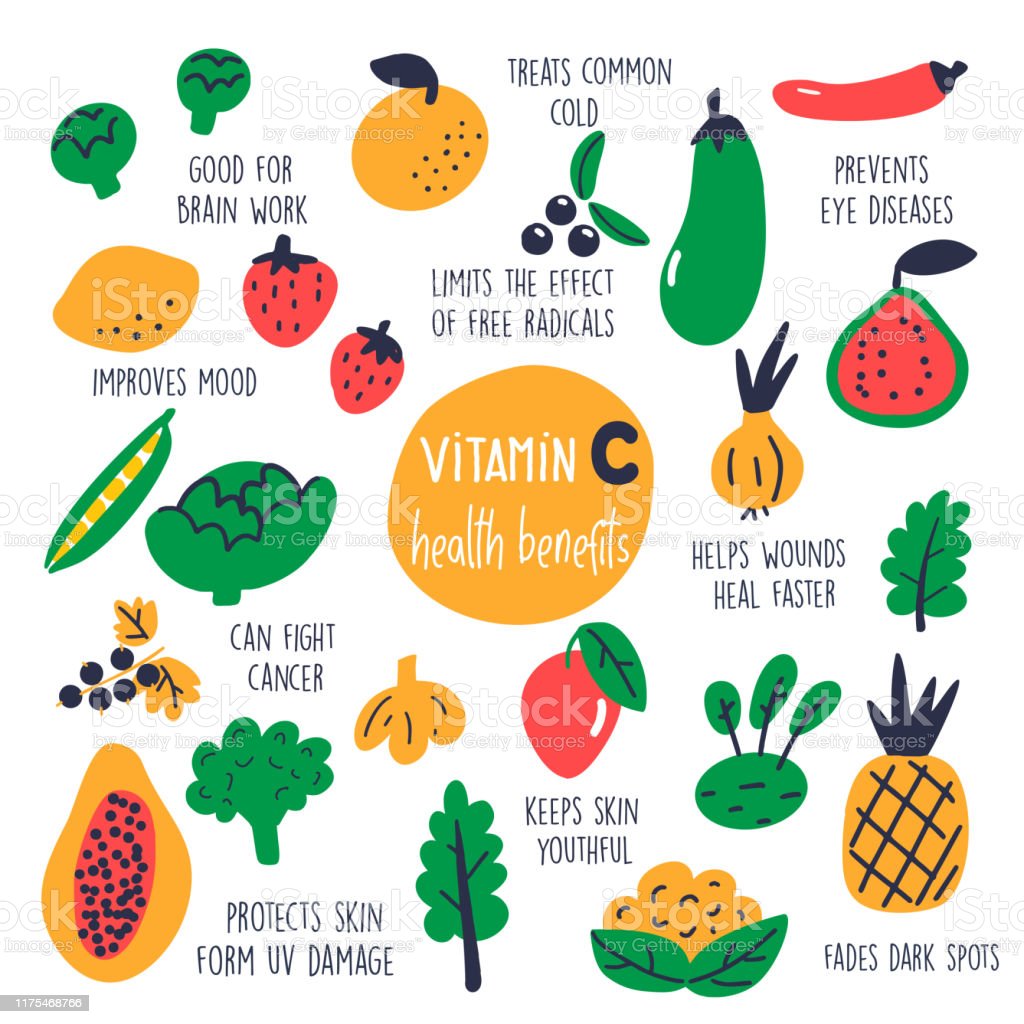
The majority of diabetics should eat plenty of meat, seafood, eggs, and eggs. But they should also avoid sugar or fat. A diet rich in fruits and vegetables as well as whole grains is a good choice for those who are concerned about their diet. Diabetic patients should still eat non-vegetarian food and drink occasionally. These suggestions can help them make a healthy and balanced diet that suits their lifestyle.
Two common ingredients that can make diabetics more vulnerable are flour and salt. These ingredients can raise blood pressure and add unnecessary calories to your diet. Even though you should avoid sodium-rich foods, there are still some ways to incorporate it into your daily meal plan. A diabetic diet menu should contain a majority of whole foods. Whole foods have lower sodium and fats than those that are high in refined sugar. The key is to avoid processed foods and flash frozen foods as much as possible.

A balanced diet with carbohydrates, proteins and fat is the best way to manage diabetes. You don't have to go overboard with the carbohydrates and healthy oils, but you do want to be mindful of what is best for your body. Balance of all three should be a key part of a diabetic-friendly diet. While fiber and protein slow down the digestion of carbohydrates and provide nutrition, protein will increase your blood sugar levels. If you have been diagnosed, it is vital to carefully monitor your food intake in order to maintain a proper level of blood glucose.
Your child's normal diet should guide the diabetic diet menu. Carbohydrates are the main focus of this diet, since they can spike blood sugar levels. A diabetic diet should not be restricted to breads and pasta. Instead, it should include fruits and vegetables. Both fruits and veggies are rich in fibres and antioxidants. Whole fruits are better than fruit juices. It is important to avoid eating fruit after meals because they can spike blood sugar levels.
The soluble fiber found in cooked oatmeal can help regulate blood sugar and promote heart health. Oatmeal, which is good for diabetics, is high in fiber. It can lower the body's insulin intake. Oatmeal is also low in calories and high in fiber making it a great option for diabetics. To reduce your risk of developing type 2, a diabetic diet should include fruits, vegetables, and nuts.

A diabetic diet menu should be based on the glycemic index. This index ranks carbohydrate-containing foods by their effect on blood sugar. A dietitian will help you select foods that are best for your condition. A diabetes diet menu can also be customized to meet your needs and lifestyle. Healthy nutrition is key to maintaining a healthy lifestyle and keeping diabetes under control. It is important to not eat too much.
FAQ
How do I know what's good for me?
You have to listen to what your body says. Your body will tell you how much exercise, nutrition, and sleep you need. You need to be aware of your body and not overdo it. Be aware of your body and do what you can to maintain good health.
How can I lower my blood pressure
It is important to first understand what high blood pressure is. Then you need to take steps to reduce this cause. This could be as simple as eating less salt, losing weight, taking medications, etc.
Exercise is also important. Walking is a great alternative if you don't have the time or energy to exercise regularly.
Consider joining a gym if your current exercise regimen is not satisfying you. A gym that has other members who are motivated by your goals will be a good choice. It is easier to adhere to a fitness routine when someone else will be there with you.
How can you live your best life every day?
Finding out what makes your heart happy is the first step to living a fulfilled life. Once you are clear about what makes you happy and satisfied, you can move on to the next step. Asking other people how they live their best lives every day is also a good idea.
You can also find books such as "How to Live Your Best Life" written by Dr. Wayne Dyer. He speaks about happiness and fulfillment in all areas of life.
What's the difference of a calorie versus a Kilocalorie?
Calories are units used to measure the amount of energy in food. Calories are a unit of measurement. One calorie equals one degree Celsius of energy to raise water temperature by 1 gram.
Kilocalories are another term for calories. Kilocalories equal one thousandth of a calorie. 1000 calories, for example, equals one kilocalorie.
How much should I weight for my height and age? BMI chart & calculator
To determine how much weight loss you need, a BMI calculator is your best friend. Healthy BMI ranges between 18.5 to 24.9. If you want to lose weight, then you should aim to drop about 10 pounds per month. Simply enter your height, weight and desired BMI into the BMI calculator to calculate it.
To see if you're overweight or obese, check out this BMI chart.
Here are five ways to lead a healthy lifestyle.
Living a healthy lifestyle involves eating right and exercising regularly. You should avoid processed foods, sugar, or unhealthy fats. Exercise helps burn calories and strengthens muscles. You can improve your memory and concentration by getting enough sleep. Stress management can reduce anxiety and depression. Fun is the key to keeping us healthy and happy.
Exercise: Good and bad for immunity?
Exercise is good exercise for your immune system. When you exercise, your body produces white blood cells which fight off infections. Your body also gets rid of toxins. Exercise helps to prevent heart disease and cancer. Exercise can help reduce stress.
Exercising too frequently can make your immune system weaker. When you exercise too hard, your muscles will become sore. This can lead to inflammation and swelling. The body then needs to make more antibodies to fight infection. Problem is, extra antibodies can trigger allergies and other autoimmune conditions.
So, don't overdo it!
Statistics
- The Dietary Guidelines for Americans recommend keeping added sugar intake below 10% of your daily calorie intake, while the World Health Organization recommends slashing added sugars to 5% or less of your daily calories for optimal health (59Trusted (healthline.com)
- nutrients.[17]X Research sourceWhole grains to try include: 100% whole wheat pasta and bread, brown rice, whole grain oats, farro, millet, quinoa, and barley. (wikihow.com)
- In both adults and children, the intake of free sugars should be reduced to less than 10% of total energy intake. (who.int)
- This article received 11 testimonials and 86% of readers who voted found it helpful, earning it our reader-approved status. (wikihow.com)
External Links
How To
What does the term "vitamins" mean?
Vitamins are organic compounds naturally found in food. Vitamins are essential for our bodies to absorb nutrients from the foods we eat. Vitamins cannot come from the body so food must provide them.
Two types of vitamins exist: water-soluble vitamin and fat-soluble vitamin. Water-soluble vitamins dissolve in water easily. Some examples include vitamin C,B1 and B2 vitamins (thiamine), B2 and riboflavin, B3 and B6 vitamins (niacin), folic acids, biotin, pantothenic acids, and cholesterol. The liver and fatty tissues are home to fat-soluble vitamins. Vitamin D, E, K and A are some examples.
Vitamins are classified according to their biological activity. There are eight major vitamin groups:
-
A - vital for healthy growth.
-
C is important for nerve function and energy production.
-
D – Essential for healthy teeth, bones and joints
-
E is required for good vision and reproduction.
-
K - essential for healthy muscles, nerves, and bones.
-
P - Vital for strong bones and teeth.
-
Q – aids digestion of iron and iron absorption
-
R is required for the production of red blood cells.
The recommended daily allowance for vitamins (RDA) varies based on gender, age, and physical conditions. RDA values are set by the U.S. Food and Drug Administration (FDA).
For adults aged 19 and older, the RDA for vitamin B is 400 micrograms daily. For fetal development, pregnant women need 600 mg per day. Children ages 1-8 require 900 micrograms per day. Children under 1 year old require 700 micrograms daily, while infants over one year old need 500 micrograms every day. This decreases between 9 and 12 months.
Children aged between 1-18 years require 800 micrograms of sugar per day, while overweight children need 1000 micrograms. Children who are underweight receive 1200 micrograms every day to meet their nutritional requirements.
Children 4-8 years old who have anemia must consume 2200 micrograms of Vitamin C daily.
2000 micrograms daily is required for adults over 50 to maintain their general health. Mothers who are pregnant, nursing, or have a high nutrient need will require 3000 micrograms a day.
Adults over 70 require 1500 micrograms each day, since they lose around 10% of their muscle mass every decade.
Women who are pregnant, nursing or breastfeeding need more than the RDA. Pregnant women need 4000 micrograms per dayduring pregnancy and 2500 micrograms per day after delivery. Breastfeeding moms need 5000 micrograms each day when breastmilk production occurs.